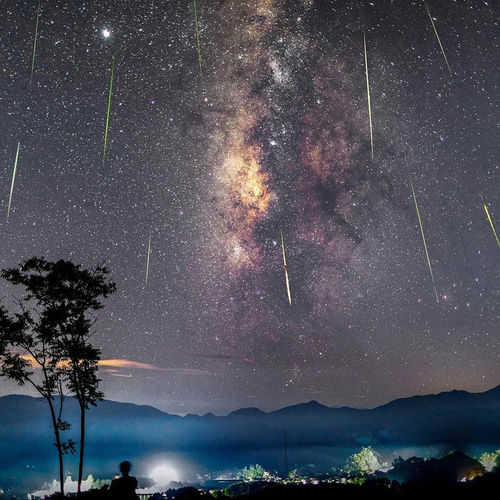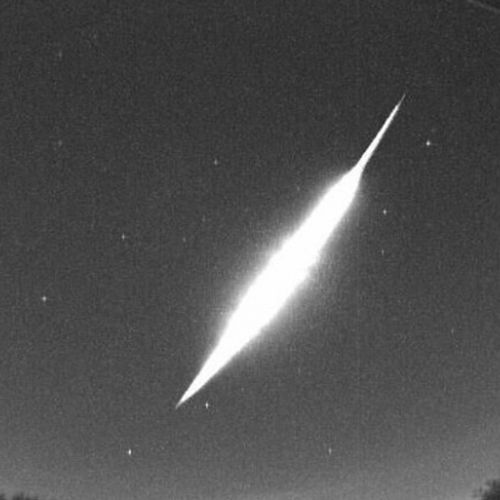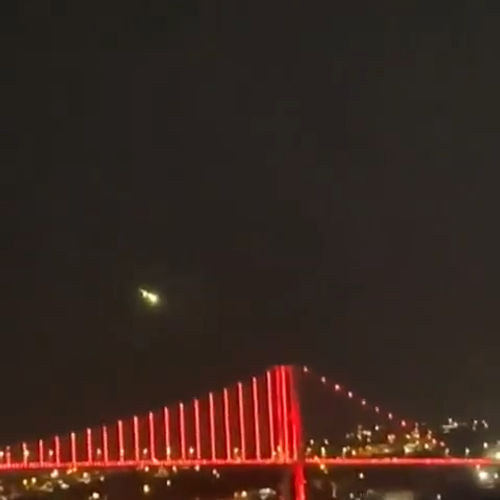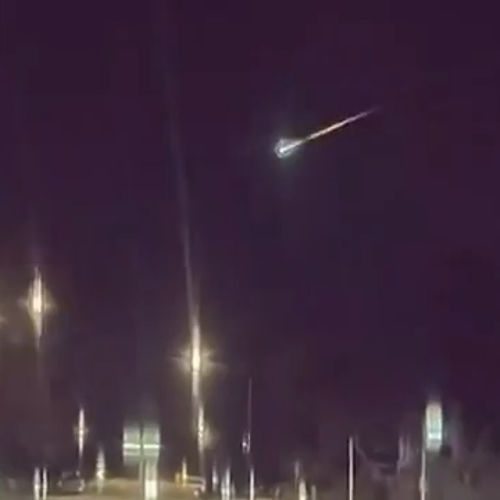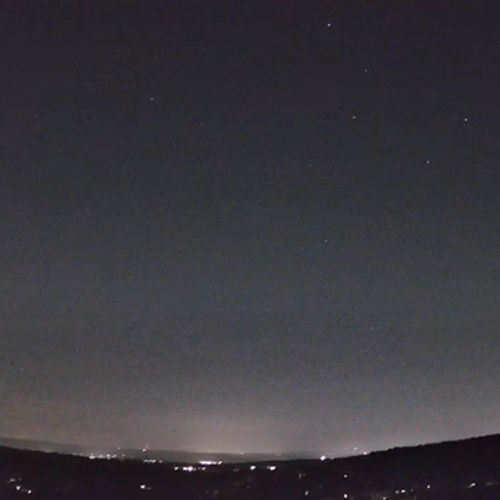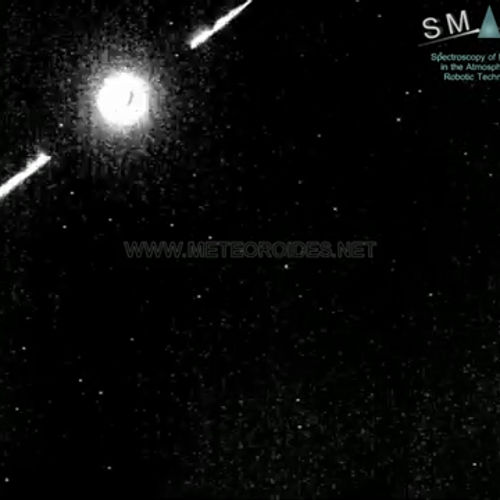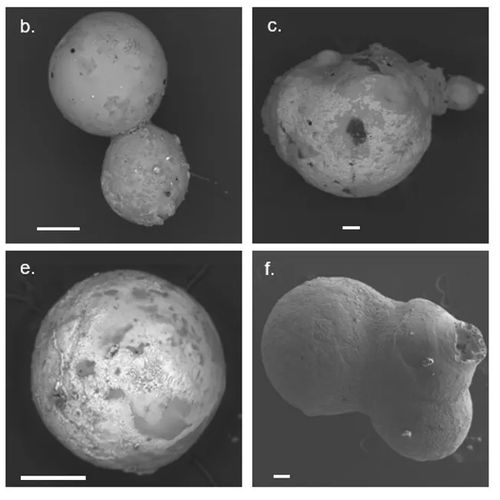
| Added | Sun, 10/03/2024 |
| Источники | |
| Дата публикации | Sun, 10/03/2024
|
| Версии |
In 2014, a bright fireball streaked across the sky over the Pacific Ocean near Papua New Guinea. It was an interstellar visitor, a rare meteor that came from outside our solar system. Its official name is CNEOS 2014-01-08, but it is also known as IM1, short for Interstellar Meteor 1.
IM1 was discovered by the NASA Jet Propulsion Laboratory's Near-Earth Object Research Center (CNEOS). It had a very high speed of about 60 km/s, which is much faster than any known asteroid or comet in our Solar System. He also had a very unusual trajectory coming from the direction of the constellation Lyra and going towards the constellation Pegasus.
But even more remarkable was what happened after the IM1 exploded in the air, about 18 km above sea level. A team of researchers led by Professor Avi Loeb from Harvard University conducted an extensive survey of the seabed along the IM1 design path using a towed magnetic sleigh device.
They collected hundreds of tiny spherules, spherical particles that form when molten material cools rapidly in air.
The content of refractory lithophilic elements in spheres of the "BeLaU" type, normalized by the standard composition of the primary substance that made up the Solar System.
Early analysis shows that some of the balls from the meteor trajectory contain extremely high concentrations of beryllium, lanthanum and uranium, marked as a previously unseen composition of "BeLaU".
These elements are very rare in the Solar System, and their ratio does not correspond to any known natural or artificial alloy or meteorite. The spheres also have very low levels of other elements such as iron and manganese, which suggests that they evaporated during an air explosion.
"The analysis of 60 elements of the periodic table conducted by our research group shows that these spherules are not coal ash and did not originate from the crust of the Earth, Moon or Mars. The BeLaU type abundance model is unprecedented in the scientific literature and could have arisen as a result of the differentiation of the magma ocean on an exoplanet with an iron core," says Avi Loeb.
The researchers suggest that these spheres are of extrasolar origin, which means that they came from another star system.
They suggest that they could have formed at the stage of the magmatic ocean of a differentiated planet, where heavy elements descend to the core and light elements rise to the surface. A high concentration of beryllium may indicate that the planet has been exposed to cosmic rays in the interstellar medium for a long time.
But a draft article by seismologist Benjamin Fernando from Johns Hopkins University and his colleagues, which has not yet been reviewed and published in a journal, concludes that the material recovered from the seabed is "almost certainly not related" to the meteor.
Loeb, however, stands his ground.
"This press release was written by people who did not do any work. The materials were not collected, nothing was analyzed. They just sit in their chairs and express their opinions."
In a message on Medium, Loeb responded further.
"Astronomers who reject [satellite] data and claim that it is completely wrong should be deprived of sleep at night, because their distrust implies that their safety is not ensured, and their taxes are spent on unreliable national security infrastructure," he wrote.
Since then, Loeb has argued that the chemical composition of some of the spherules discovered during these searches is unlike anything known in our Solar System, and "could have originated from the highly differentiated magmatic ocean of an iron-core planet outside the Solar System, or from more exotic sources."
This is a revolutionary discovery that could shed light on the formation and evolution of planets around other stars. It also raises a lot of questions, for example: How did IM1 escape from its original star system? How long had he been traveling in interstellar space? How common are interstellar meteors and spherules? What other secrets do they keep?
The researchers plan to continue analyzing the spheres and look for new evidence of their interstellar origin. They also hope to find more interstellar meteors in the future using improved detection and recovery techniques. They believe that studying these cosmic messengers can open up a new understanding of the nature and diversity of life in the universe.
Differentiated spherules include the "BeLaU" type in the two examples on the right.
Новости со схожими версиями
Log in or register to post comments

